A 19th Century Remnant of the Engineering Past Towers Over Weehawken
Weehawken is known for its impressive waterfront views of the skyscraper filled skyline of Manhattan, but if you go a bit inland the town has its own impressive tower.

Weehawken is known for its impressive waterfront views of the skyscraper-filled skyline of Manhattan, but if you go a bit inland the town has its own impressive tower dominating the skyline.
Just west of the waterfront, the soaring Weehawken Water Tower now looms over a shopping mall and parking lot on Park Avenue, but it was once part of the Hackensack Water Company Complex. Built in 1883, the roughly 175-foot tower is the only surviving remnant of the complex and has an important bit of architectural and engineering history behind it.
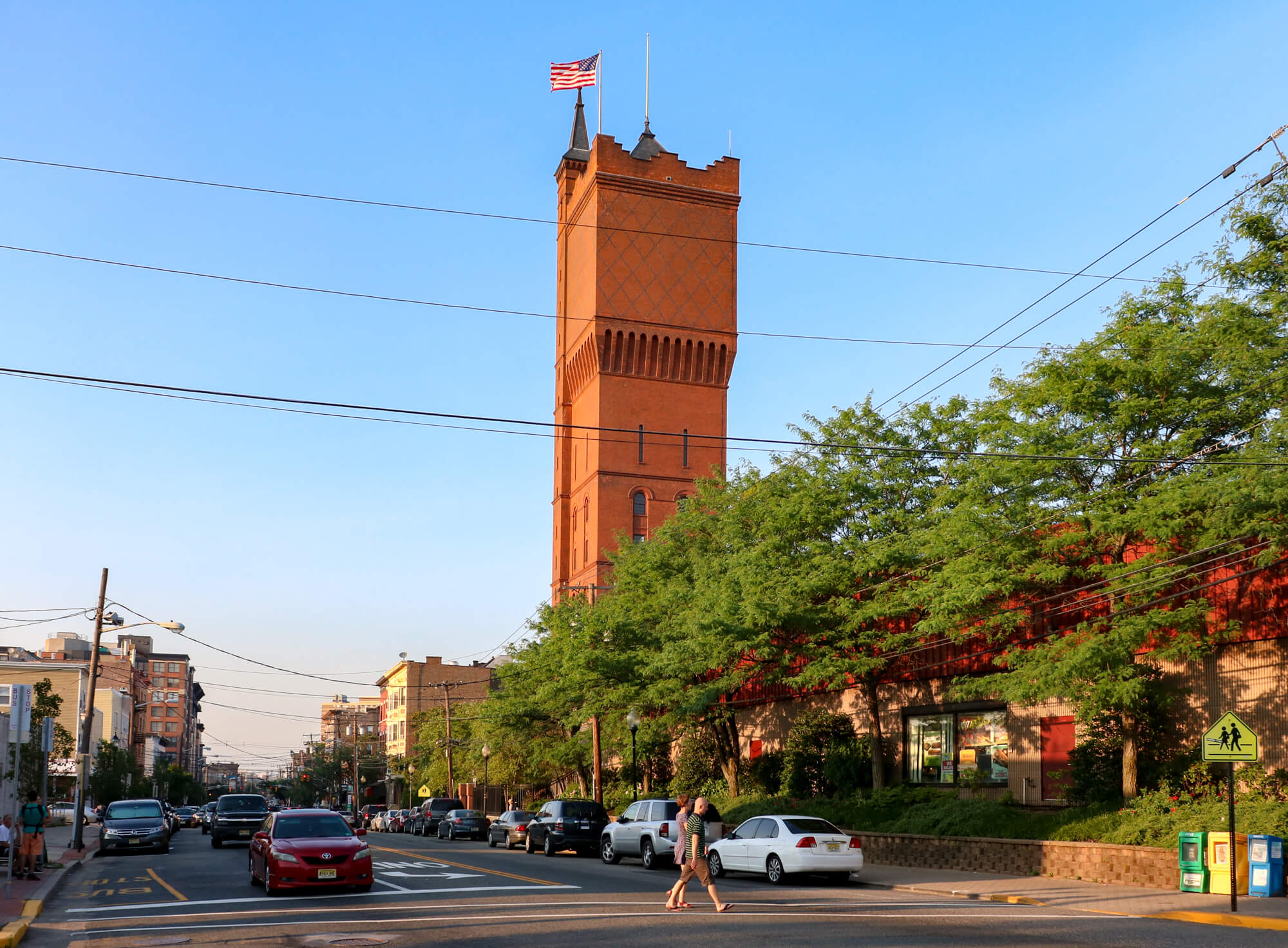
Facing a growing need for cleaner water in the 1880s, the Hackensack Water Company was given the task of getting fresh water from the Hackensack River to the city of Hoboken and surrounding communities. The answer was the construction of a complex in Weehawken that could pump and store the water. Once built, the complex included a reservoir, gatehouse, office building and shop in addition to the brick tower, the centerpiece of the complex.
Enthusiastically referred to as “the most important structure of its kind in the country” by Engineering News and American Contract Journal, the tower was not just a decorative finish on the complex, but a practical one as well. Inside was a massive tank designed to hold approximately 150,000 gallons of water along with an engine room, offices and living quarters for staff.
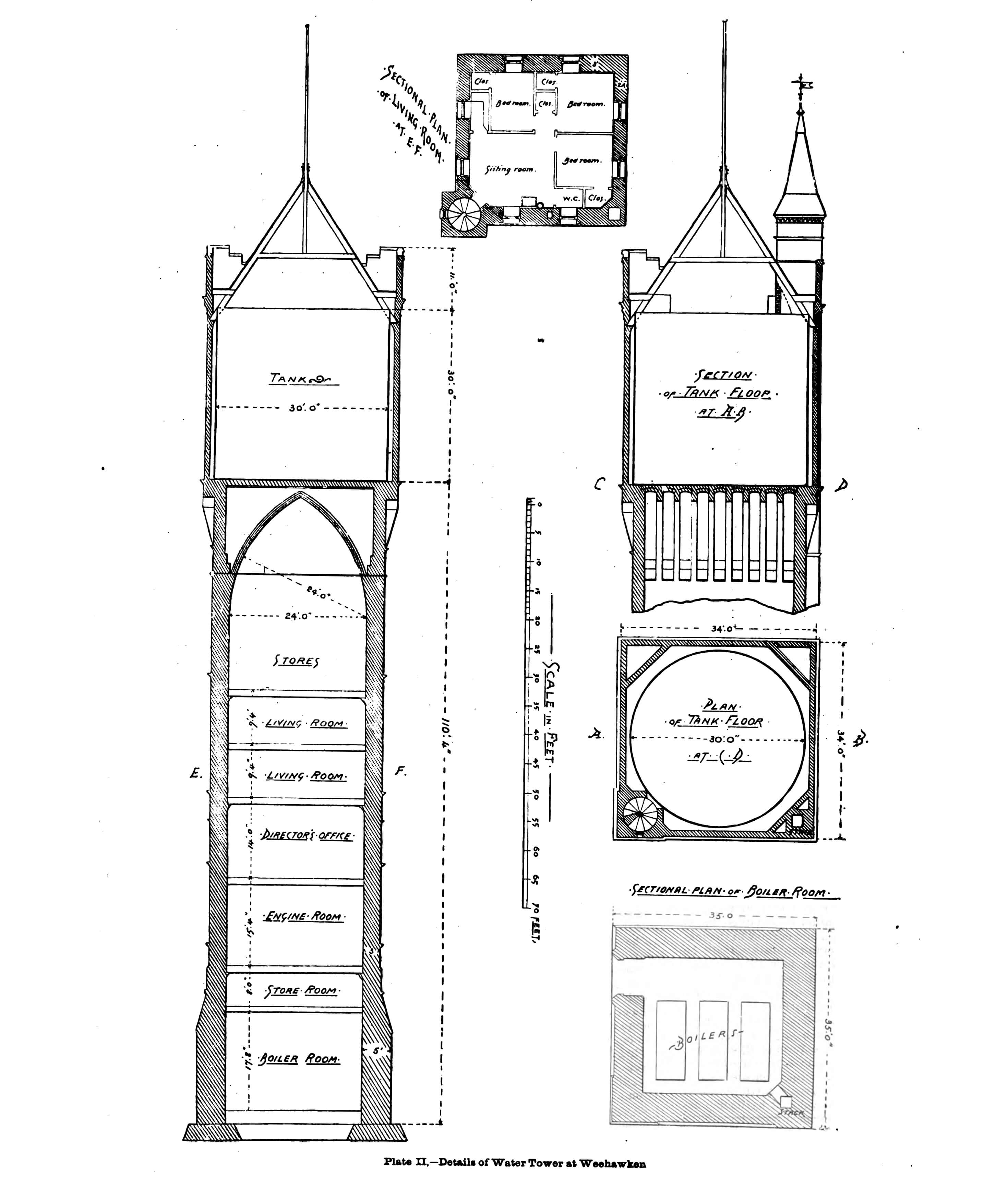
For the design of the tower and the small gatehouse, the Hackensack Water Company turned to a well-known architect of the time, Frederick Clarke Withers.
Born and educated as an architect in England, Withers came to the U.S. around 1851 at the invitation of Alexander Jackson Downing. Withers arrived in Downing’s hometown of Newburgh, N.Y. and mixed with Downing and colleagues like Alexander Jackson Davis and Calvert Vaux. Separately and in collaboration, they explored new forms for practical living and had a lasting impact on the design of the American home.
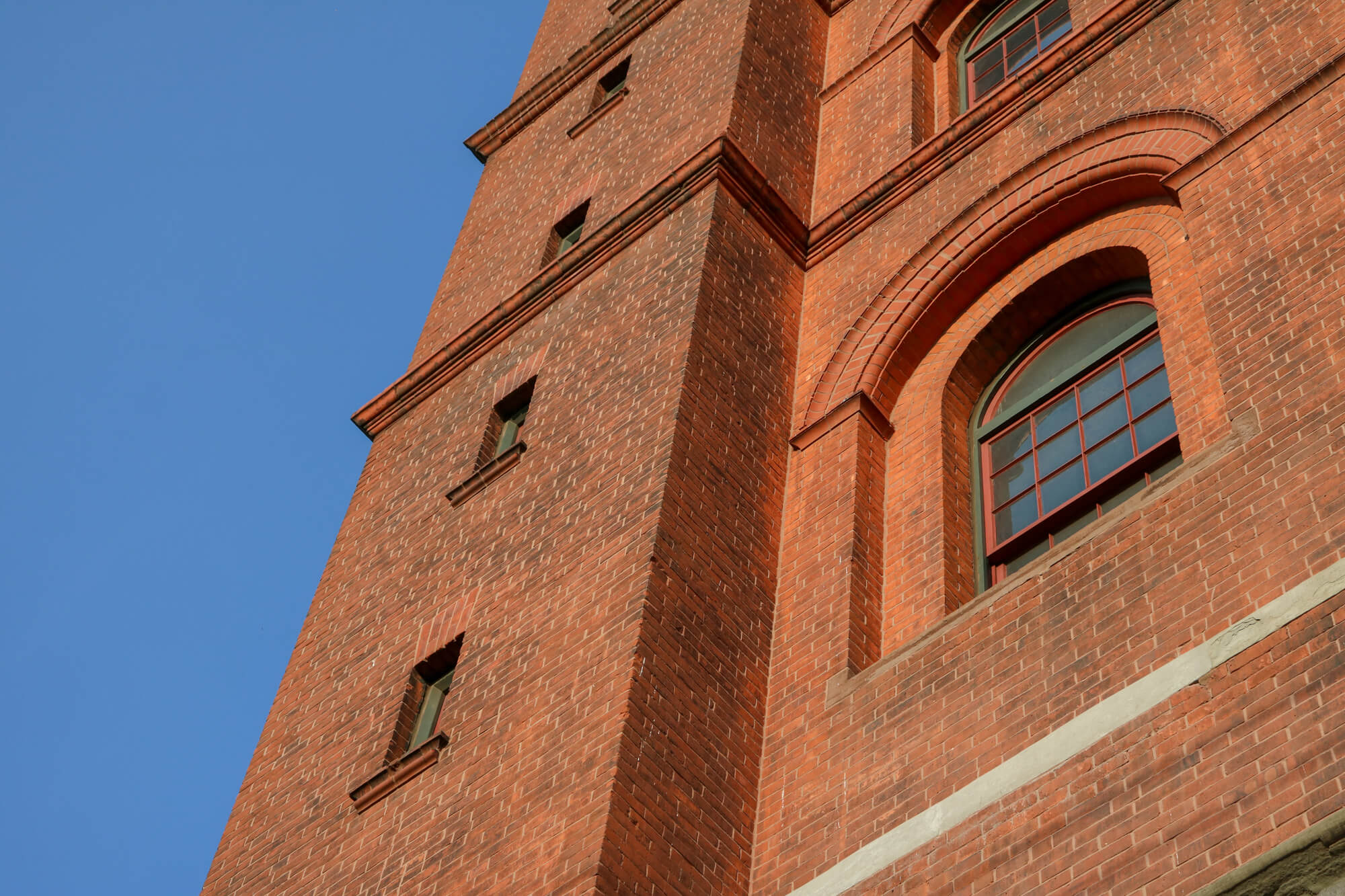
Vaux, best known in Brooklyn for his work with Frederick Law Olmsted on Prospect Park, published Villas and Cottages in 1857, which included house designs by Frederick Clarke Withers. Vaux and Withers also partnered on architectural commissions, both residential and civic.
By the 1860s Withers had embraced the Gothic Revival style that would become his signature; some of his best buildings are exuberant expressions of the Gothic. Perhaps his most well-known work today is the Jefferson Market Courthouse, a beloved landmark in Greenwich Village, completed in 1877 and converted and opened as a public library in 1967. Another significant example of his Gothic style, the 1867 Hudson River State Hospital in Poughkeepsie, is vacant but standing — although its future in the midst of a redevelopment plan is unclear after it was hit by arson this spring.
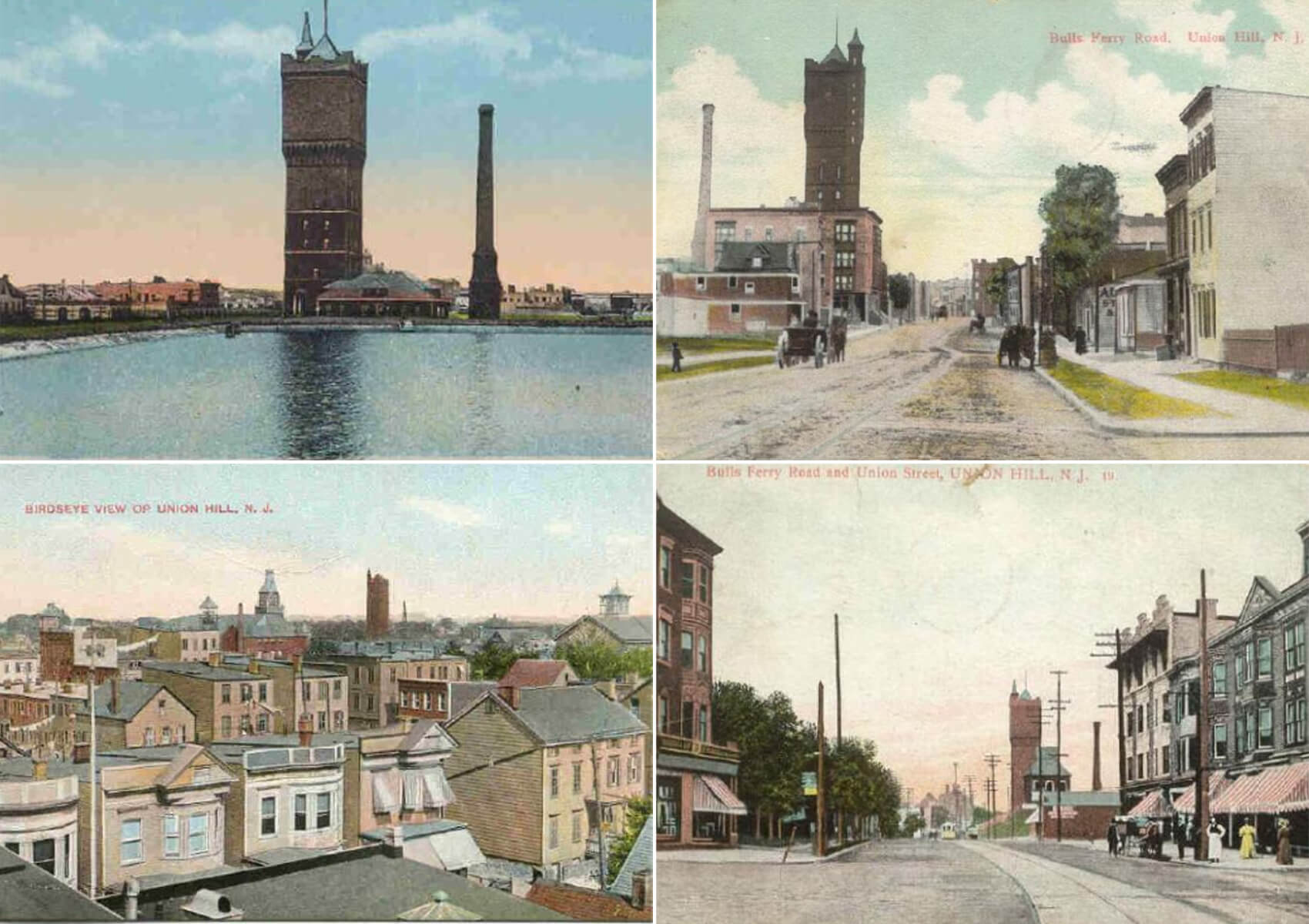
For the Weehawken Water Tower, Withers was supposedly inspired by the Palazzo Vecchio in Florence, Italy. Aside from the imposing height and medieval air, perhaps a nod can be seen at the upper level where a series of brick arches form a base for a slight projection of the tower out from the narrower base.
It doesn’t have quite the severe battlement feel of Palazzo Vecchio, but it certainly has some picturesque elements. There’s diamond pattern brickwork at the top, Romanesque arched windows and a massive stone base.
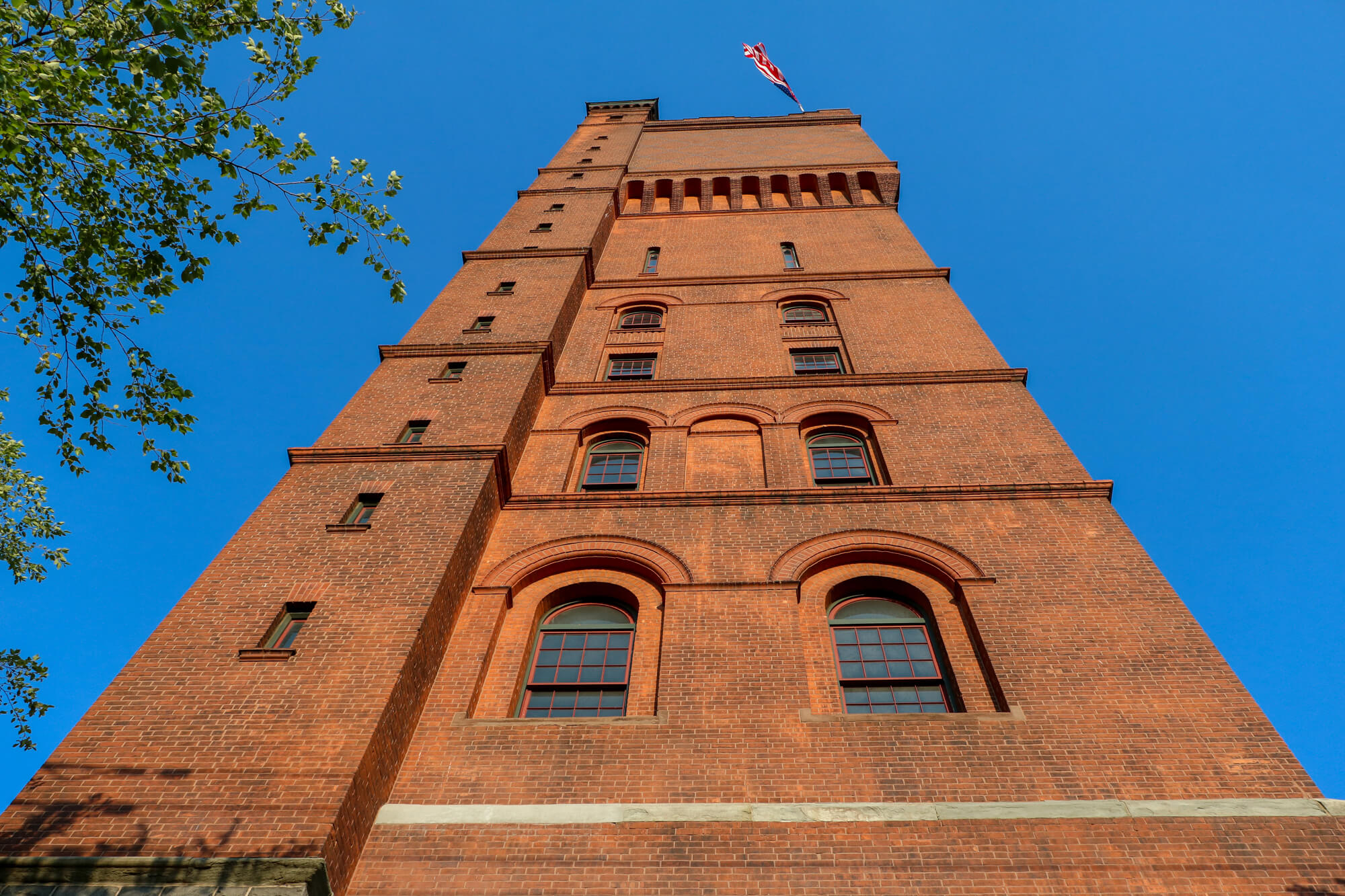
The tower was no longer needed by the 1920s, made redundant with the addition of another reservoir. Despite this, it survived.
The entire Hackensack Water Company Complex, minus a smokestack that was demolished in the 1930s, was listed on the National Register of Historic Places in 1980. When it sold to a developer soon after, only the water tower was spared from demolition. The site of the 115 million gallon reservoir and Wither’s gatehouse was transformed into a shopping mall and parking lot.
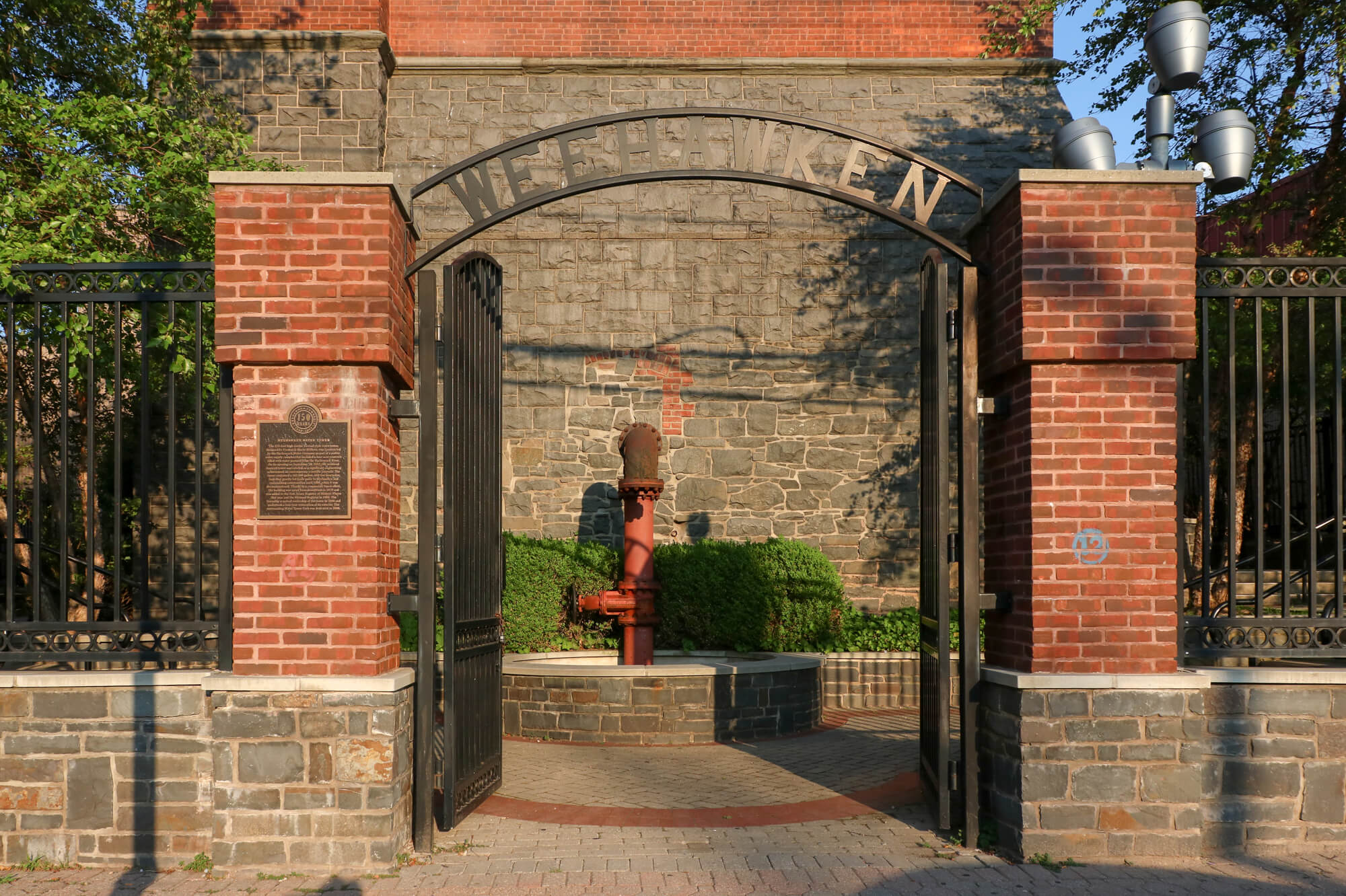
The tower remained in private hands until 2000 when the Township of Weehawken took over the property, hoping to preserve and restore the iconic tower. The Water Tower Preservation Committee was formed to help advocate and fundraise for the project. The exterior was restored and the base of the tower was transformed into a small park, which opened in 2006.
The interior remained largely inaccessible until funding in 2012 allowed the lower levels of the interior to be renovated with a bathroom, new staircase and electrical work. Tours, poetry readings and plays have been hosted in the interior since the work was completed, although it is not open to the public on a regular basis.
If you are eager for a glimpse inside you can get a peek of the interior in “The Weehawken Water Tower,” a 2015 short film by Mike Boldt sponsored by the Weehawken Historical Commission and Hudson County Walking Tours.
While the interior may not be regularly open, the exterior is certainly worth a look — and it’s a good reminder that there is more to explore in Weehawken than its famous dueling grounds.
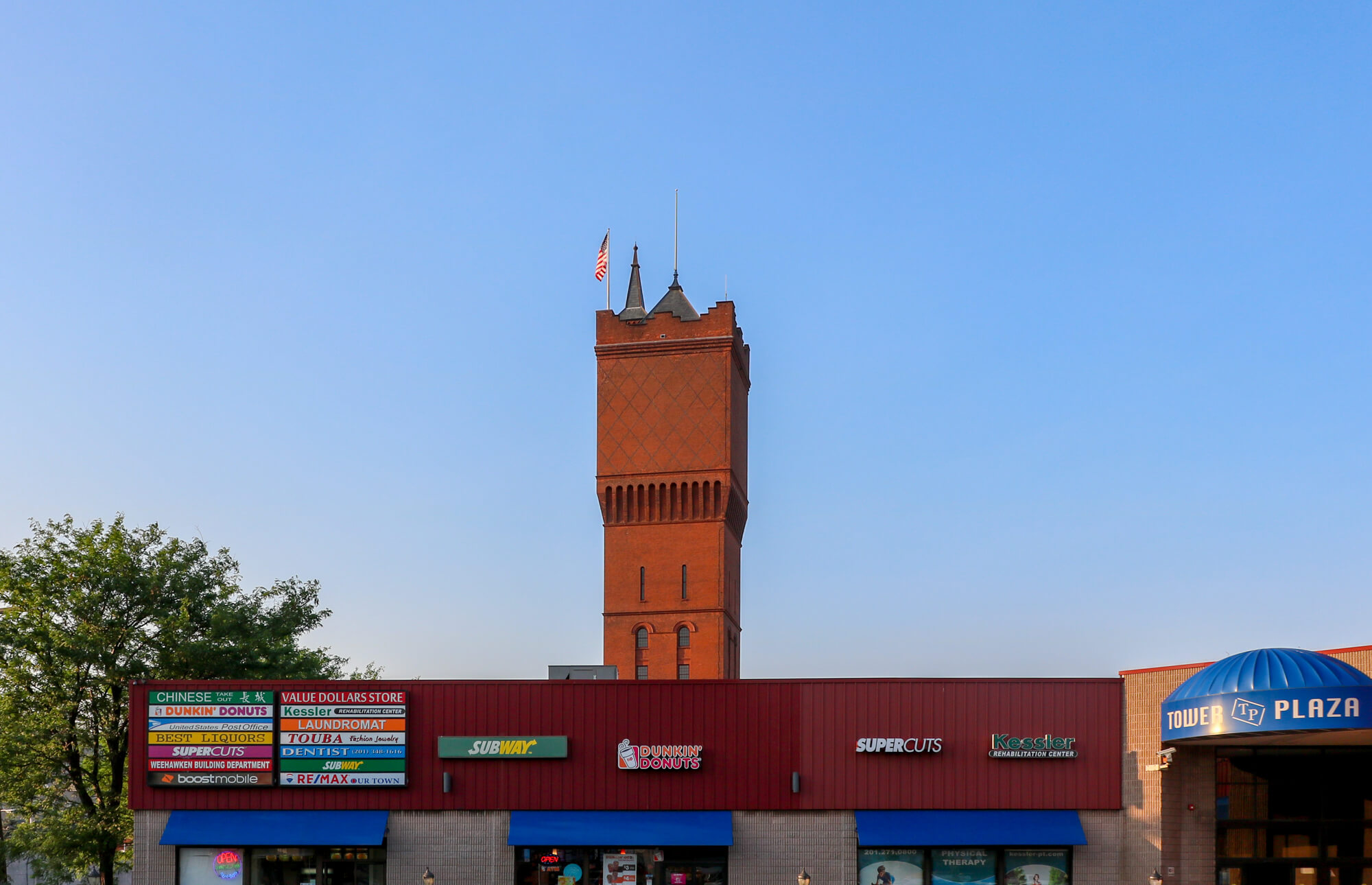
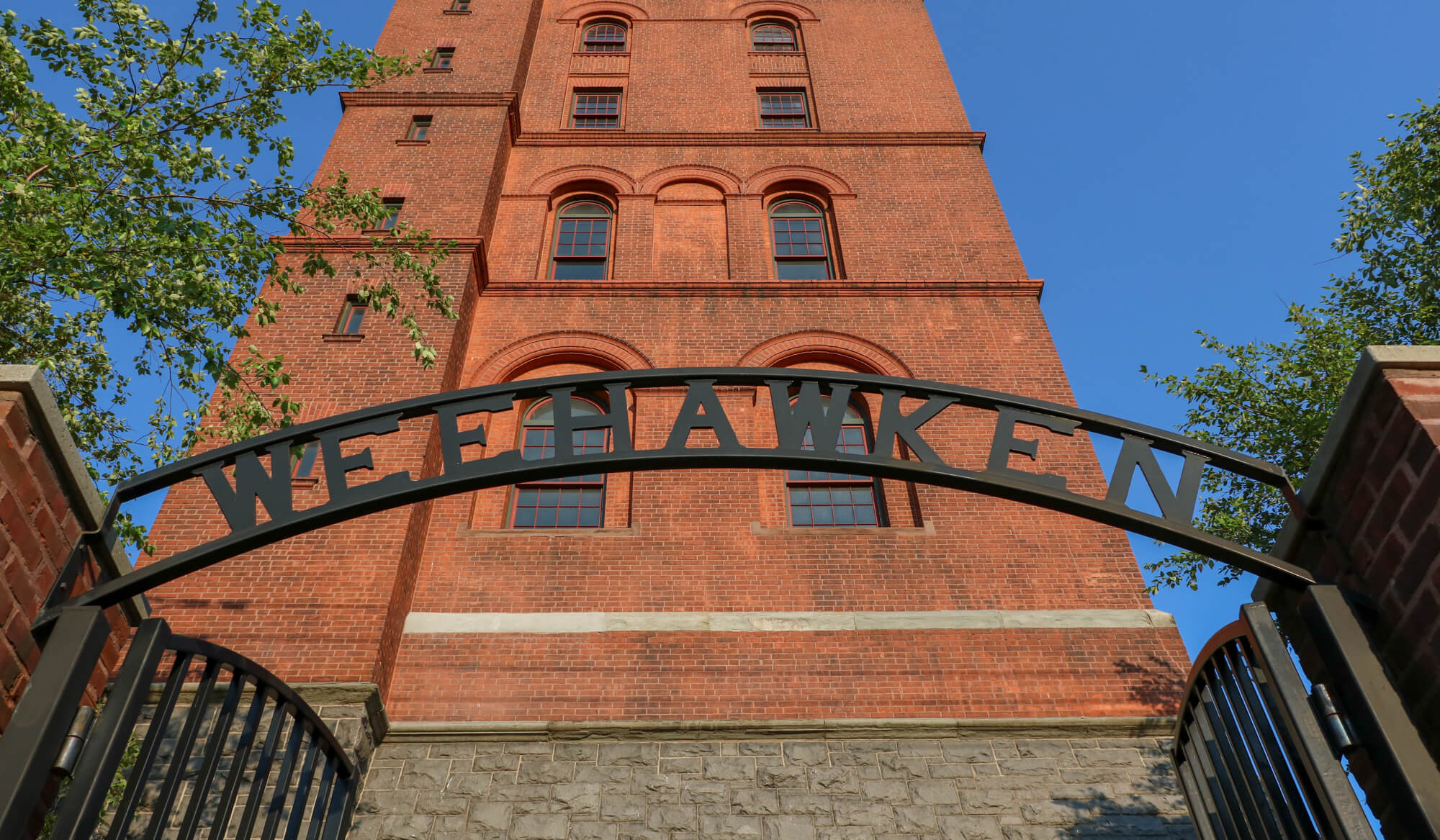
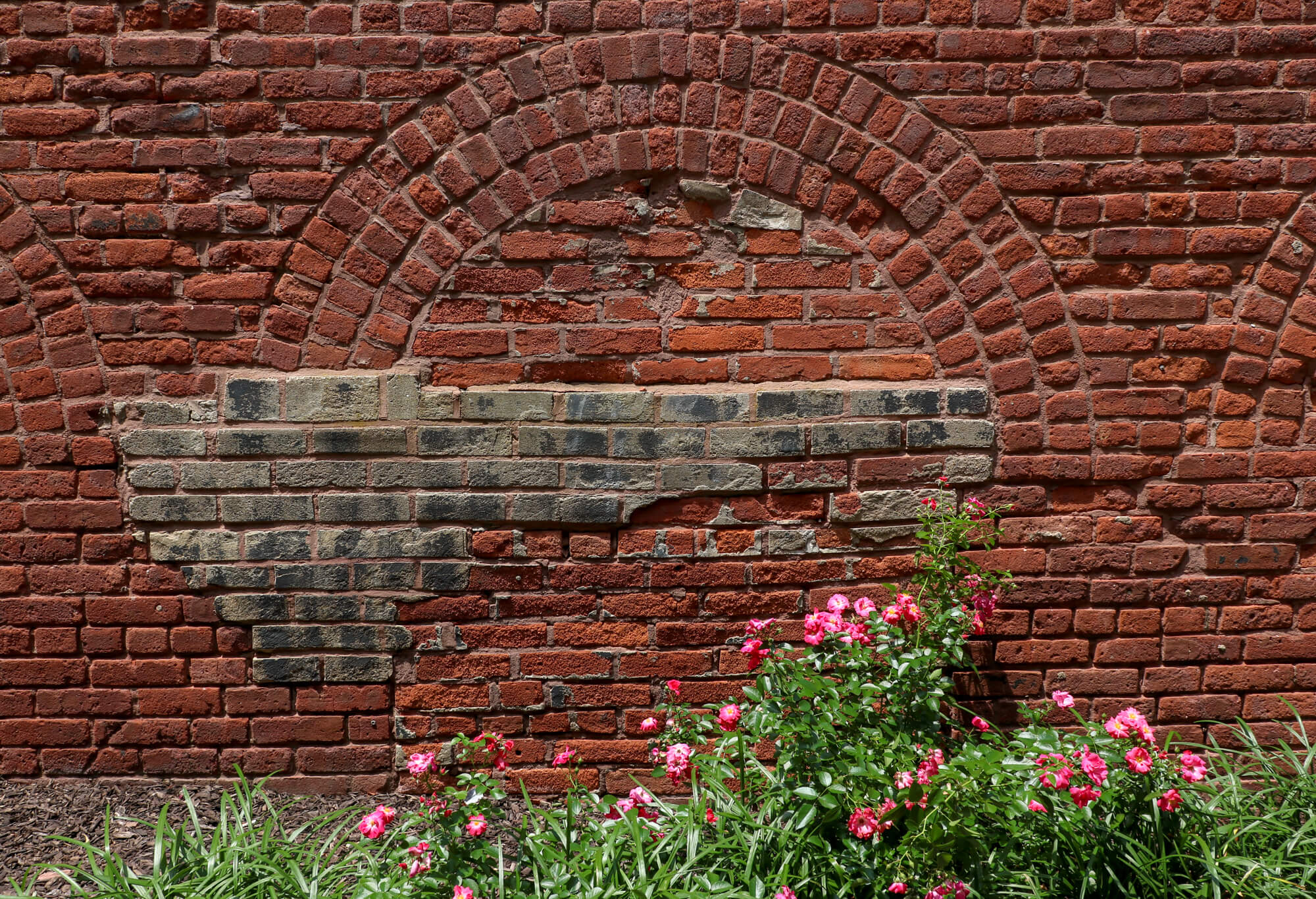
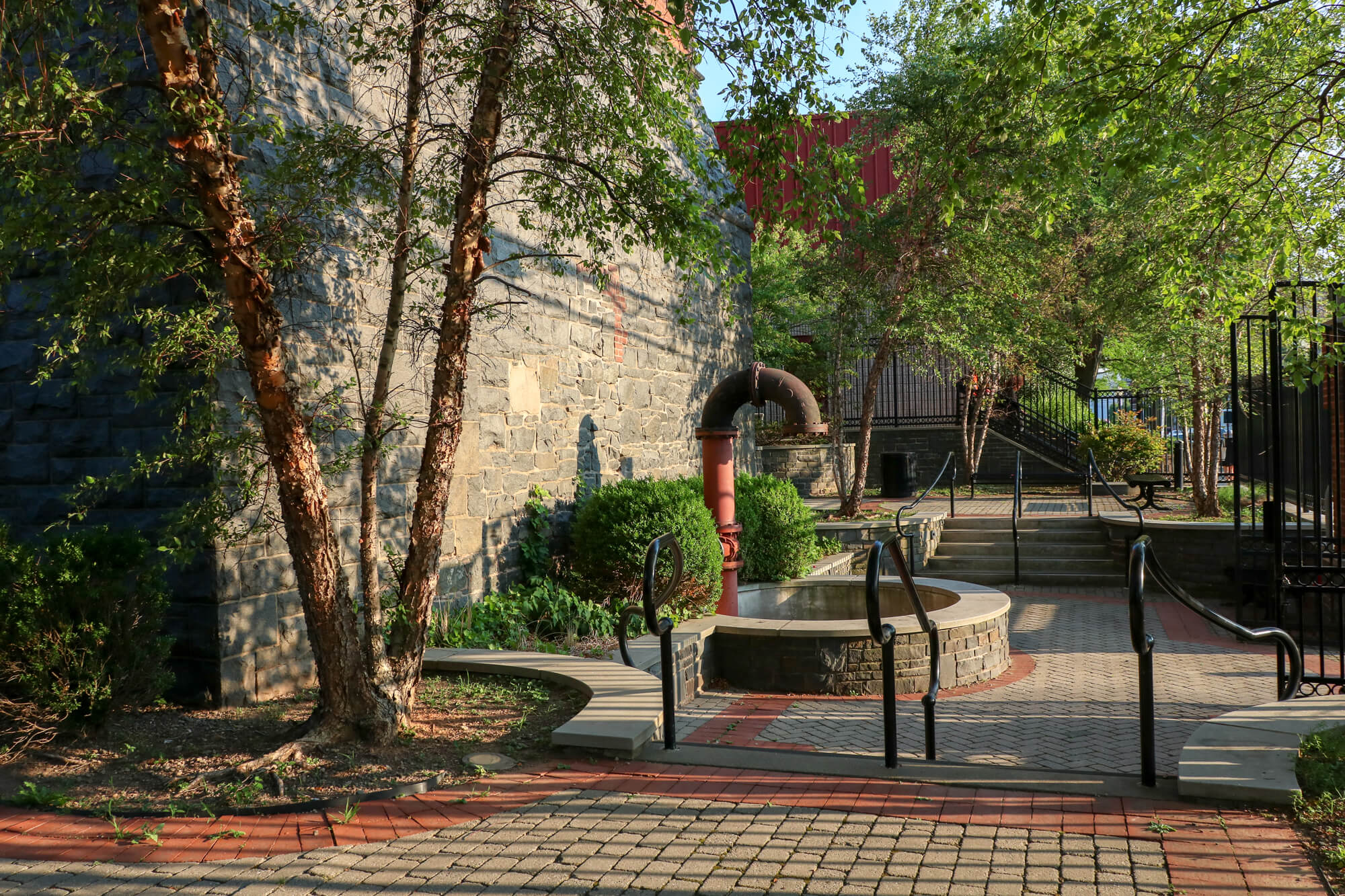
Related Stories
- Take a Seat on a Piece of Engineering History in Prospect Park
- The Fabulous Fireplaces of Newburgh (Photos)
- A Wintry Tour of the 19th Century Houses of Newburgh (Photos)
Email tips@brownstoner.com with further comments, questions or tips. Follow Brownstoner on Twitter and Instagram, and like us on Facebook.

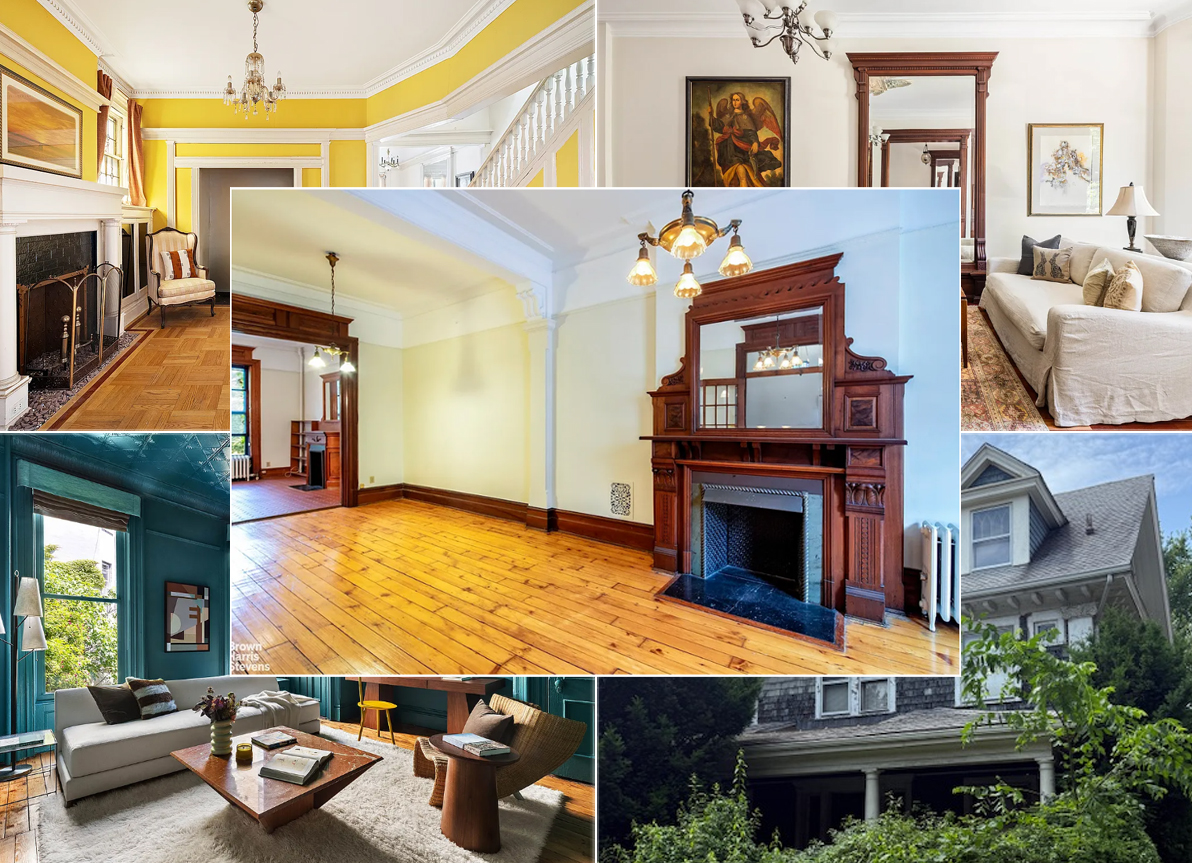



What's Your Take? Leave a Comment